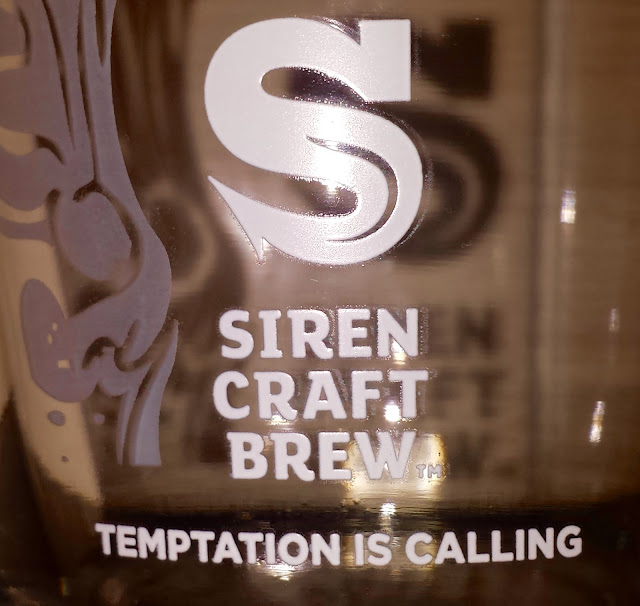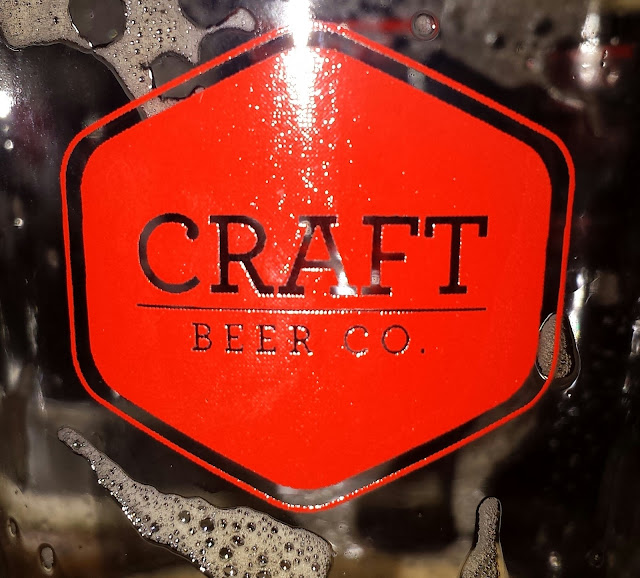The Siren Craft Brewery in Finchampstead, Berkshire (http://www.sirencraftbrew.com) has made a name for itself by brewing beers that push out of their comfort zone and need time to digest. It’s also a brewery that loves to collaborate with other breweries outside the UK.
Siren’s products are esoteric. The esoteric pertains to something that is aimed at the few that have specialised understanding. Esoteric is from Ancient Greek esoterikos - belonging to an inner circle. This pretty much sums up craft brewing at the moment but this circle is steadily dilating and filling up with us geeks. We are to be found in Britain, the USA, Canada, Spain, the Netherlands, Australia, New Zealand, Italy.
Uncle Zester likely requires the drinker to have experienced a sizeable beery back catalogue to be appreciated. Not long ago I wouldn’t have been able to handle Uncle Zester. I’m only half-handling it now. It’s so complex I’ve had to devote a whole post to it.
Uncle Zester Sour Citrus Braggot (bottle conditioned 8.5 ABV)
This remarkable drink requires research. A braggot is a mead/beer hybrid made with both honey and barley malt. This take also has hops and citrus. It’s a collaboration brew with B. Nektar - an attitudinal Meadery from Michigan, U.S. http://www.bnektar.com
This bottle comes in 500ml so is easily sharable considering the ABV. Because this braggot is so challenging, I want to put it through its paces. I’m going to drink half of it from the fridge and the other half warmed up to room temperature.
I pour it into a glass. I’ve no idea what the correct glass for a braggot is so I’ve gone goblet to get my medieval freak on. Appropriately, it looks like honey which shouldn’t be surprising. Imagine looking through a jar of honey and tilting it to and fro. If the honey was more fluid, this would be it.
All preconceptions of apiformes and pollen-heaving purples and yellows are dashed by the aroma: it’s more like cider but tarter. It verges on the Brett/Lambic. Once you let it warm up a bit though, more floral sweetness does emerge. It’s difficult for my senses to accept both extremes at once. They seem to let the dark and the light in in alternations. There is also a note both acrid and sweet - it’s decay. It’s the food waste bin filled with peelings in summer. Don’t let it put you off - it’s just the olfactory bulb trying to find a vocabulary for beauty.
It charges over the tongue which smarts instantly from the alcoholic burn. My palate does this if I sip a spirit - it first goes into lockdown. This may be a natural caution the body has against allowing poison into the body; gustatory hatches initially batten down for protection. You then get the full rosy cheeked flush of ripening apples. Another effect the honey might have on this braggot is a lacquer effect; it stays on the tongue and in your senses longer than most beers - possibly because like honey, it hasn’t quite washed away. The taste and aroma reanimate each time you inhale. Uncle Zester offers intoxication via the mouth and nose and delivers different things to each. As both senses are connected, there’s an ongoing conflict between them. You’ll focus on the sticky floral sweetness and then wince from the acidic and farmhouse. You list from the boozy nectar of Cognac to the pursing bitterness of citrus rind. I’m going to come back to this braggot once it’s warmed up……
It has now gone up a few degrees. The aroma is even more of a mind warp as the liquid is more conducive to life. It’s as bitter as it is sweet - there’s even a menthol note to it. Digested/digesting mixed apple skins - the unripe and the sweet. The increase in temperature definitely brings out its cidery side. The alcoholic warmth puts paid to anything getting too tart for its own good. This is not a quaffing beer. Sip it and treat it with respect.
I used to reckon on gateway beers being golden ales that might be acceptable both to ale and lager drinkers. This is a gateway beer too for at least three species: malt beer, apple cider and honey mead. For those in the esoterikos circle, I seriously recommend you try this braggot as it resets your whole palate. You might not like it - not even sure if I do - but you’ll keep going back to it for a wrestle and an education.
Other discomfort beer: Argy Bargy Black Barley Wine




















